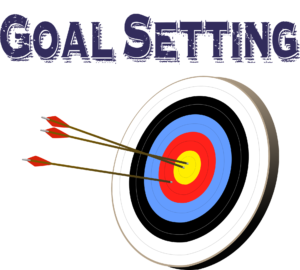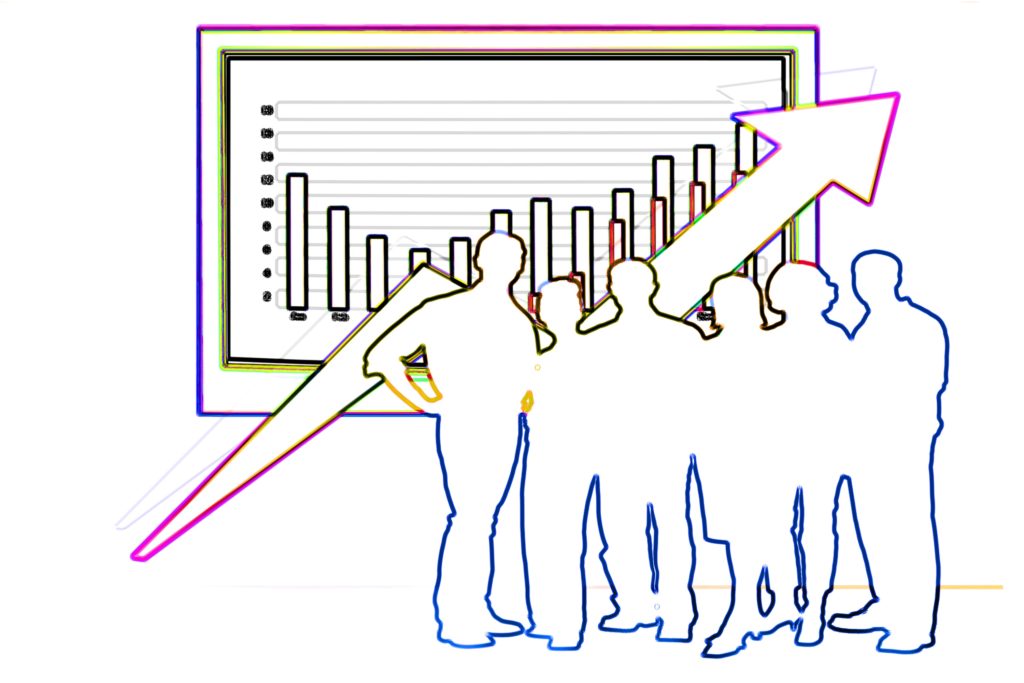Breaking the Bottleneck to Get Stuff Done
You Have Your Action Steps…Now What?
So you had a great meeting, everyone was assigned SMART action steps with finite deadlines, and it’s all linked up to your Outlook calendar to remind you.
You have your action steps…Now what?
Now the real challenge begins. The meeting is over and now all your happy feelings are starting to fade in the face of all these logistical questions:
How do you efficiently and effectively complete all your tasks?
Which task do you do first? The one that takes more time, or the one that is due sooner?
A million more questions can flood your mind.
There is no need to freak out!
It’s best to take each task and work on it with distinct timeframes and sub-tasks. Divide the task into the small steps it will take to complete. If the task will take more than two days, it’s important to set-up a deadlines for each subtask to make sure that your action step is completed on time.
However, before you can do any of that you must identify and clear up bottlenecks. A bottleneck is anything that prevents you from accessing the resources you need to accomplish the task. Knowing who you need to contact to help with your task is key. It’s best to contact them immediately. It can sometimes take a while for people to get back to you with the information you need to know (and often times they redirect you to someone completely, different starting the process all over again).
Bottlenecks are perhaps your biggest hurdle to completing a task. Procrastinating on clearing up bottlenecks could make you late to complete your deadline, so a little planning can go a long way to clearing the path to task completion.
To save time dealing with bottlenecks it’s important to make sure you pursue the quickest path to obtaining whatever resources you need. This is where having good workplace relationships, especially with gatekeepers and decision-makers, can really help you accomplish tasks quicker. If you’re the person in the office who brings in doughnuts for everyone, chances are people will be happy to help you out if they can.
Sometimes it helps to set a deadline for following up on a bottleneck—if you haven’t received the information you need in 48 hours, it might be appropriate for a gentle reminder email. Many times a phone call is much more effective than an email.
However, even with all the planning in the world, sometimes bottlenecks stop us cold. It could be that you’re waiting for a reply on some information or for some materials to arrive. Whatever the hold-up is—if you have made as much progress as you can for that day, then the best strategy is to mentally put a pin in it. Simply review and revise your to-do list based on what you can control, line up your next steps for as soon as the bottleneck clears up, and then don’t spend any more mental effort worrying or stressing about other’s actions you can’t control.
Having clear actions steps can help increase transparency and internal communication. In the same way, having a clear plan for how to complete those actions can not only increase your efficiency but also decrease your stress in the long run by being clear with yourself—what you need to do, what you can get done, and what is out of your control. We don’t work in a vacuum and we typically cannot complete our tasks on our own. However, having actions steps for your task can help minimize the size of the burden and keep you focused instead of freaking out. 


